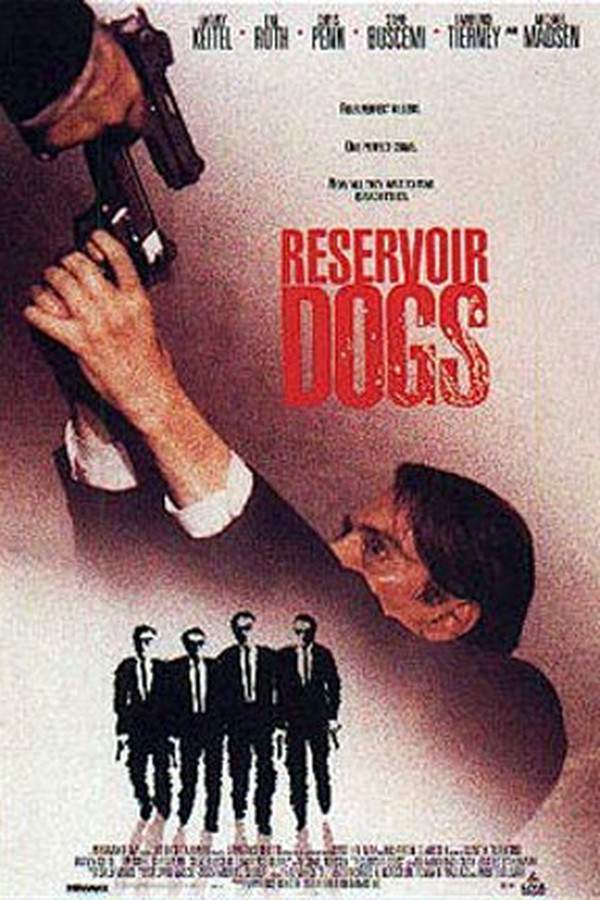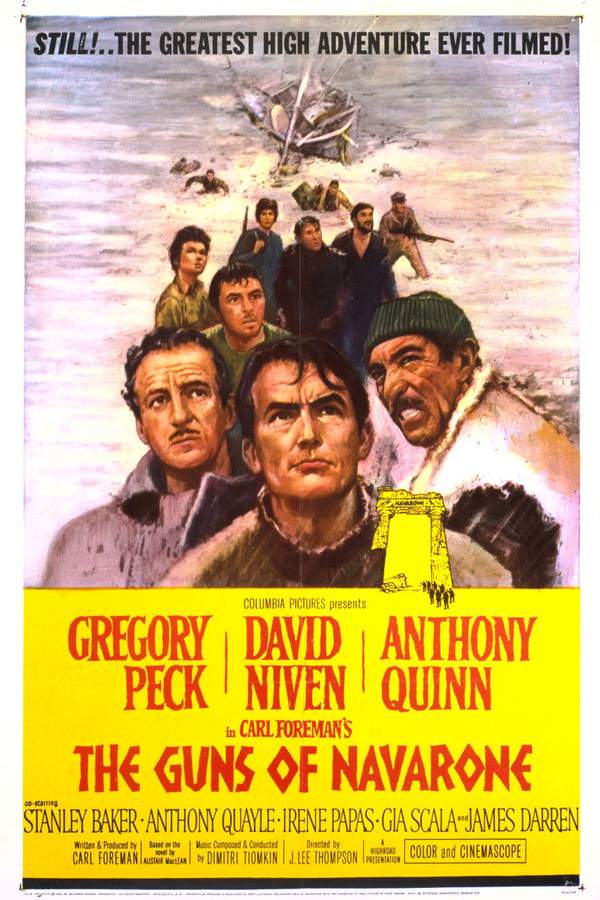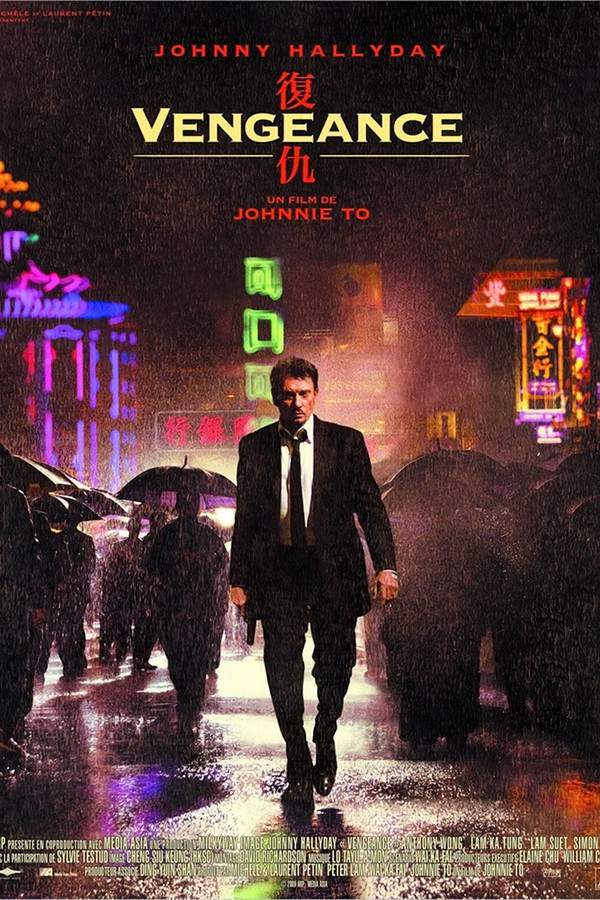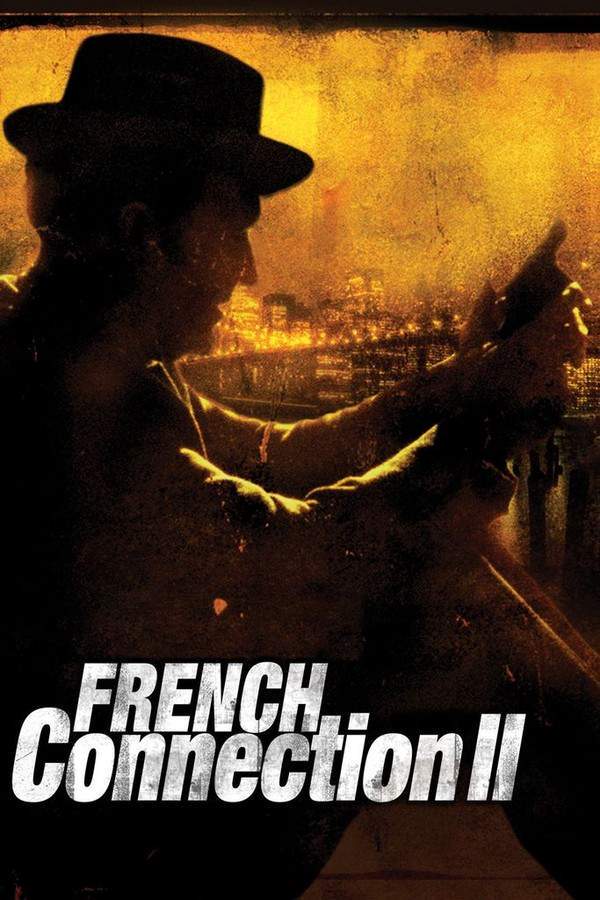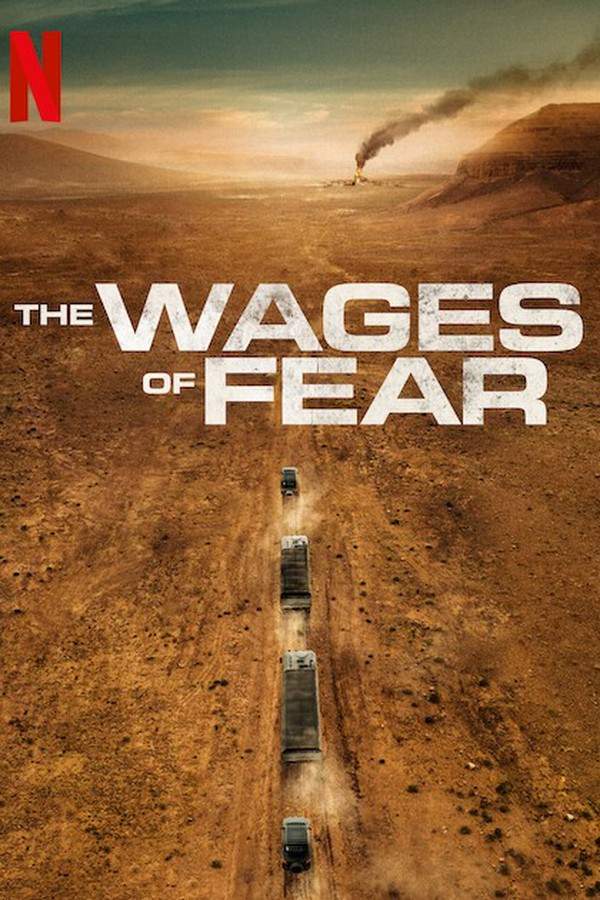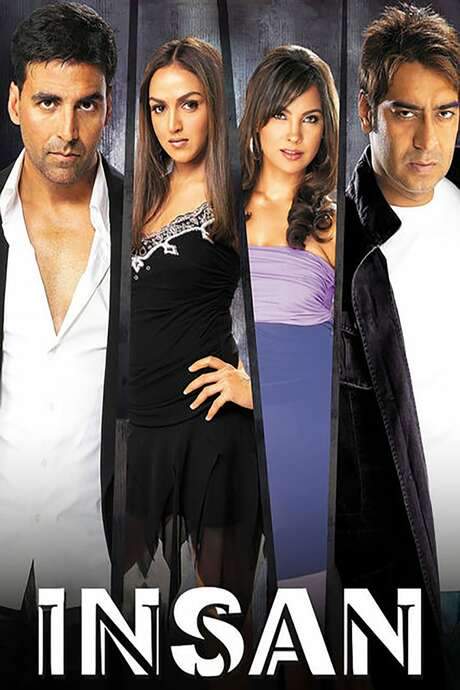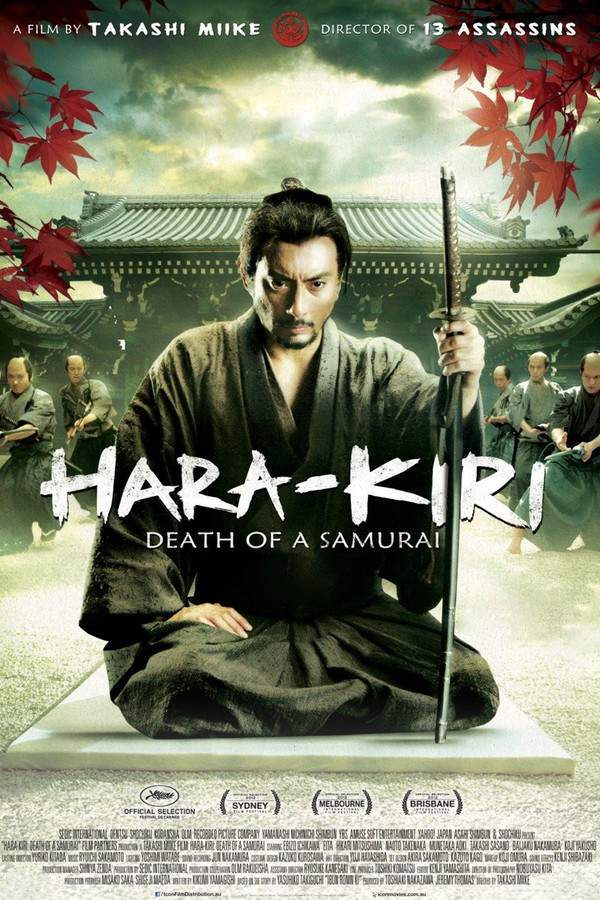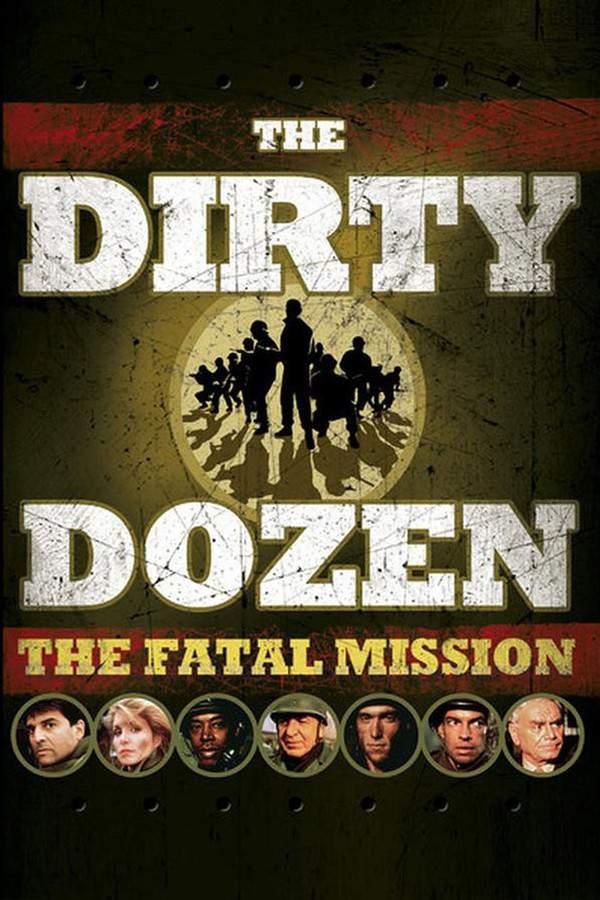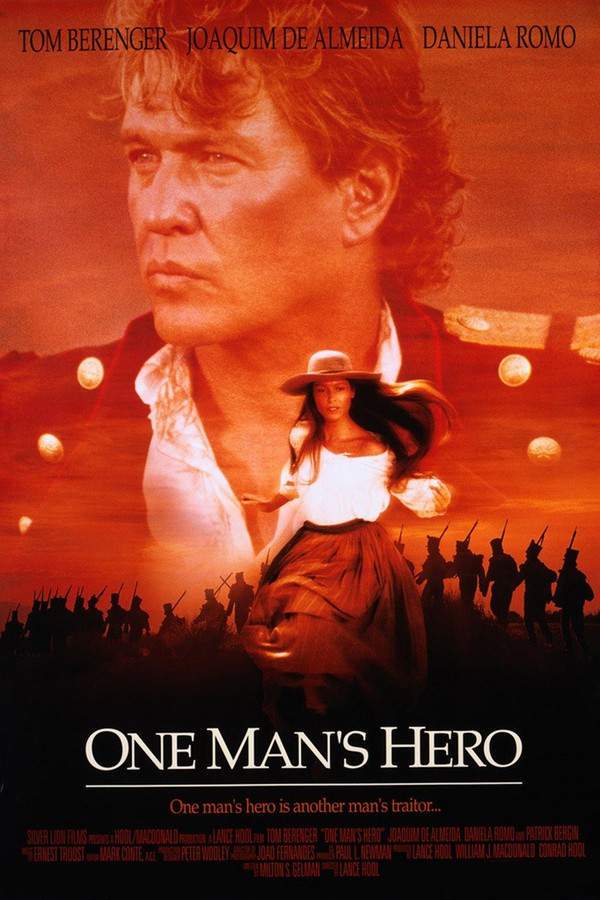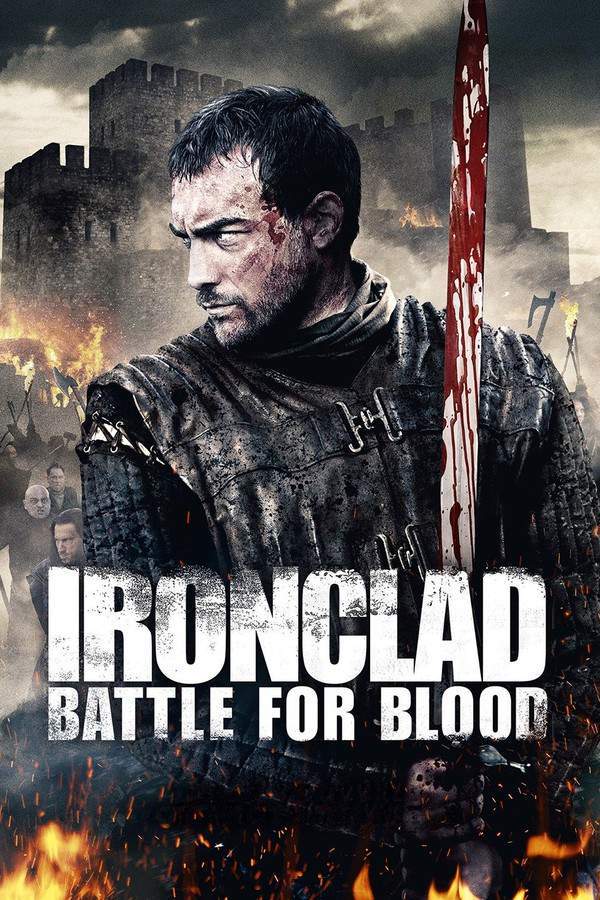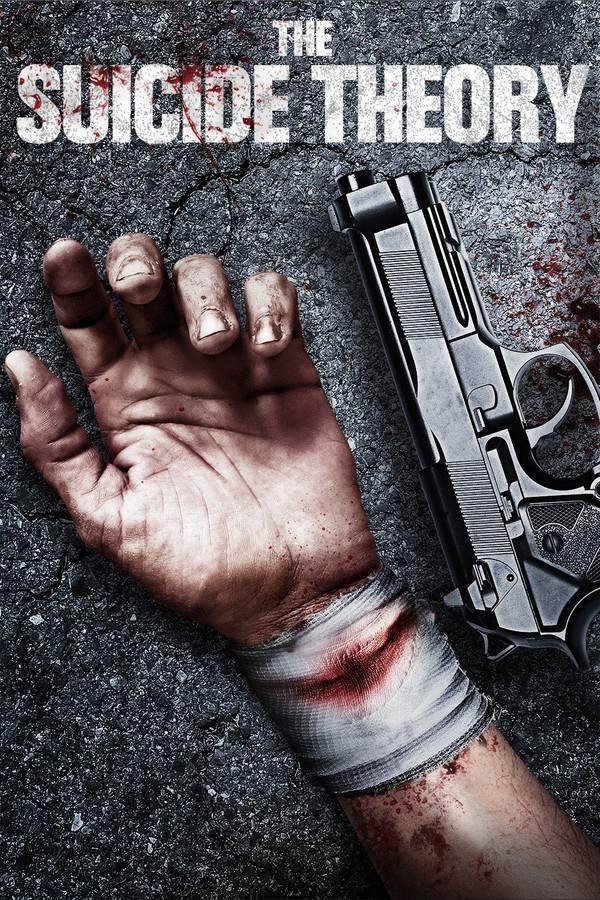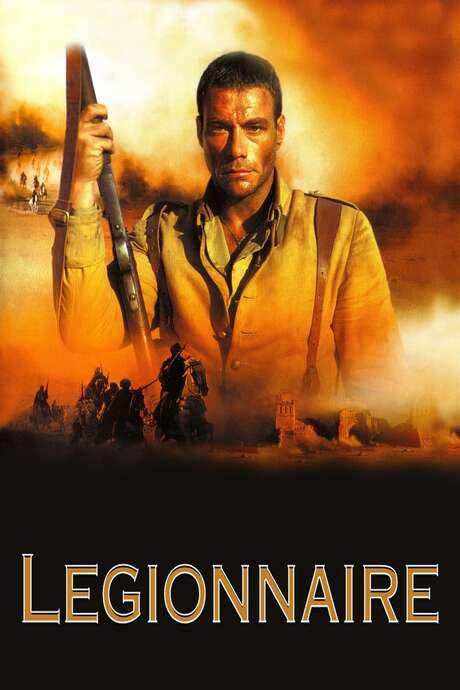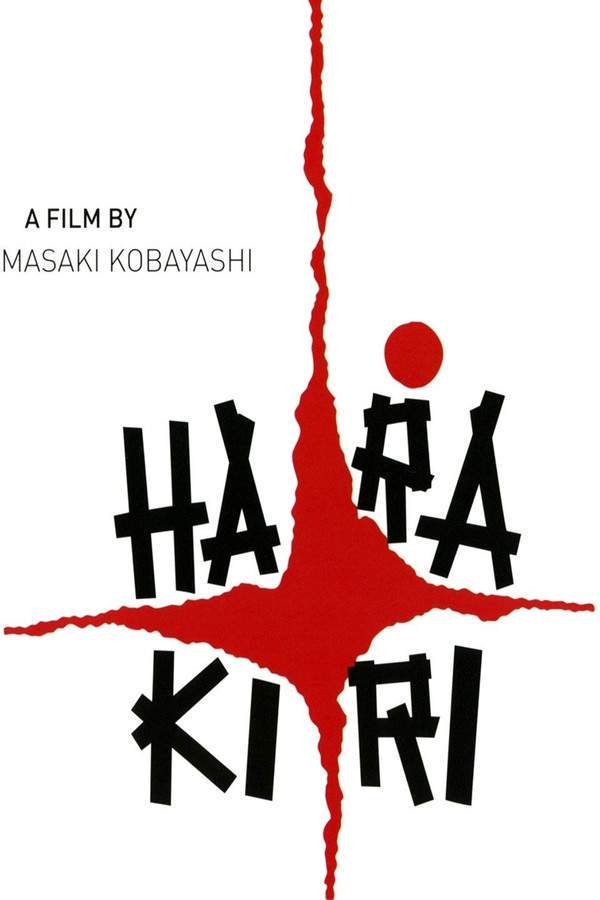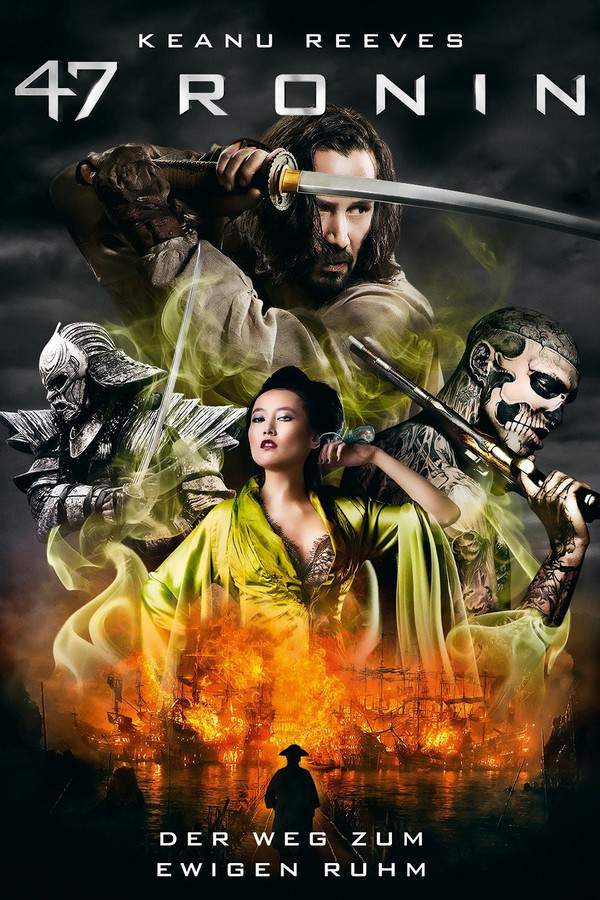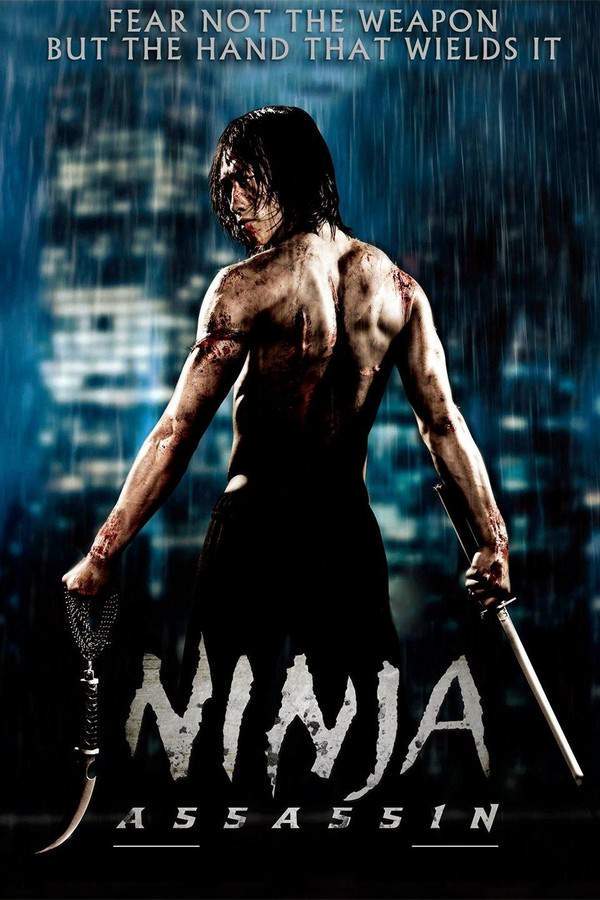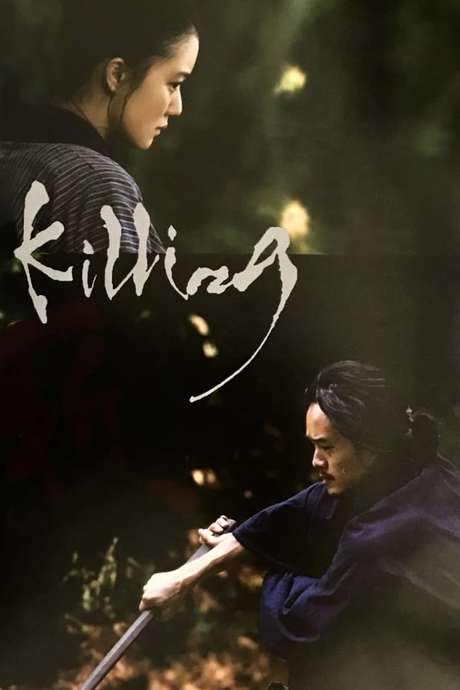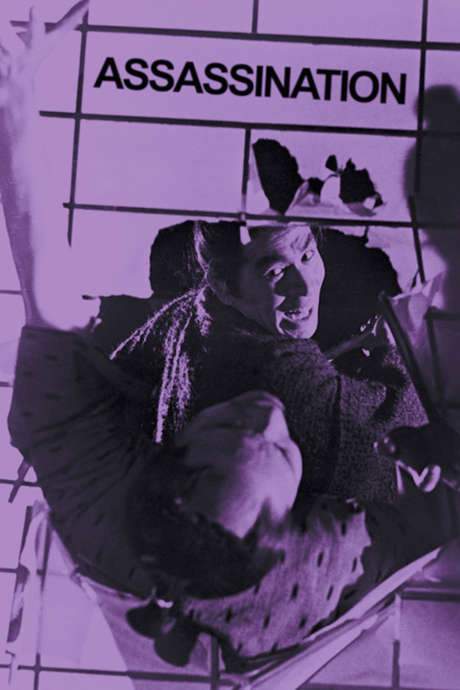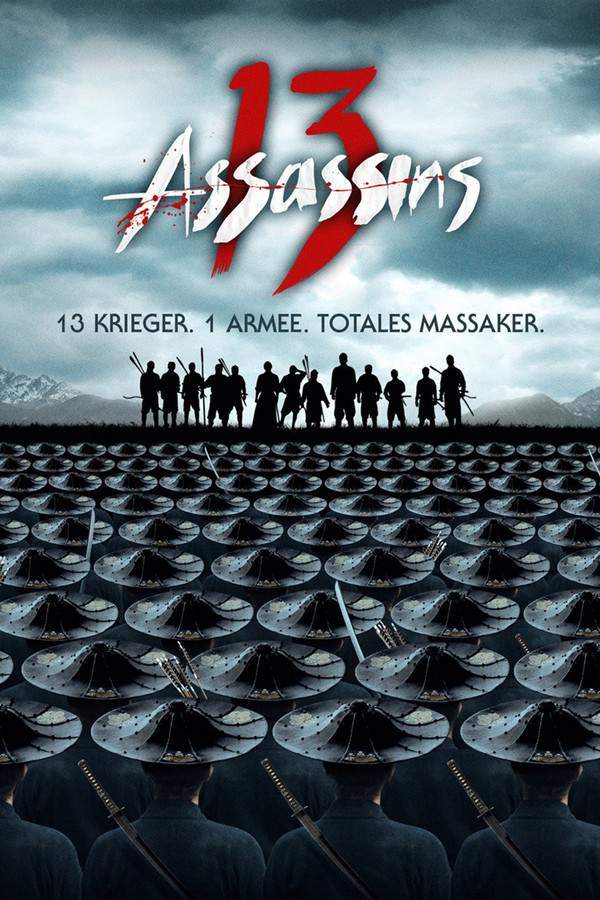
13 Assassins
Year: 2011
Runtime: 141 min
Language: Japanese
Director: Takashi Miike
During feudal Japan, a skilled samurai is tasked with assembling a group of twelve assassins to eliminate a ruthless lord. This young nobleman, brother to the Shogun, has been terrorizing the populace with impunity. The film follows their meticulous planning and preparation as they confront the lord and his formidable protectors, culminating in an intense and prolonged battle sequence that pushes the boundaries of action cinema.
Warning: spoilers below!
Haven’t seen 13 Assassins yet? This summary contains major spoilers. Bookmark the page, watch the movie, and come back for the full breakdown. If you're ready, scroll on and relive the story!
Timeline & Setting – 13 Assassins (2011)
Explore the full timeline and setting of 13 Assassins (2011). Follow every major event in chronological order and see how the environment shapes the story, characters, and dramatic tension.
Last Updated: October 22, 2024 at 19:27
Main Characters – 13 Assassins (2011)
Meet the key characters of 13 Assassins (2011), with detailed profiles, motivations, and roles in the plot. Understand their emotional journeys and what they reveal about the film’s deeper themes.
Last Updated: October 22, 2024 at 19:27
Major Themes – 13 Assassins (2011)
Explore the central themes of 13 Assassins (2011), from psychological, social, and emotional dimensions to philosophical messages. Understand what the film is really saying beneath the surface.
Last Updated: October 22, 2024 at 19:27
Explore Movie Threads
Discover curated groups of movies connected by mood, themes, and story style. Browse collections built around emotion, atmosphere, and narrative focus to easily find films that match what you feel like watching right now.
Movies with a methodical buildup like 13 Assassins
Stories that patiently assemble tension before a relentless, cathartic release.If you liked the patient, tense preparation in 13 Assassins leading to its explosive finale, you'll find similar satisfaction here. These movies prioritize strategic planning and rising dread before delivering a powerful, action-packed payoff. Discover more films where the calm before the storm is as compelling as the storm itself.
Narrative Summary
Narratives in this thread typically follow a clear mission or goal, dedicating the first two-thirds of the story to assembly, strategy, and the quiet build-up of stakes. The final act then shifts dramatically into a fast-paced, high-intensity confrontation, where the careful planning is put to the ultimate test in a prolonged and chaotic sequence.
Why These Movies?
These films are grouped by their distinctive pacing structure and emotional payoff. They share a commitment to making the audience wait and invest in the 'how' before experiencing the 'what,' resulting in a uniquely satisfying and intense viewing experience where the action feels consequential.
Suicide mission stories with heavy cost like 13 Assassins
Stories of sacrifice where victory is achieved but feels like a pyrrhic loss.Fans of 13 Assassins who appreciate its exploration of honor and sacrifice will find powerful echoes in these films. This list features movies about desperate missions where success comes at a devastating human cost, leaving a bittersweet or somber ending. Explore more stories where doing the right thing requires everything.
Narrative Summary
The narrative pattern involves a group or individual accepting a mission with a low probability of survival, driven by a higher code of honor or to combat a grave injustice. The story explores the weight of this decision, the bonds formed under extreme duress, and culminates in a success that is morally ambiguous or physically devastating, challenging the very ideals that motivated the fight.
Why These Movies?
These movies are united by their thematic focus on sacrifice, moral duty, and the bittersweet nature of violent resolution. They share a dark tone, heavy emotional weight, and an ending that lingers on the cost of victory rather than its glory.
Unlock the Full Story of 13 Assassins
Don't stop at just watching — explore 13 Assassins in full detail. From the complete plot summary and scene-by-scene timeline to character breakdowns, thematic analysis, and a deep dive into the ending — every page helps you truly understand what 13 Assassins is all about. Plus, discover what's next after the movie.
13 Assassins Summary
Read a complete plot summary of 13 Assassins, including all key story points, character arcs, and turning points. This in-depth recap is ideal for understanding the narrative structure or reviewing what happened in the movie.

13 Assassins Timeline
Track the full timeline of 13 Assassins with every major event arranged chronologically. Perfect for decoding non-linear storytelling, flashbacks, or parallel narratives with a clear scene-by-scene breakdown.

13 Assassins Spoiler-Free Summary
Get a quick, spoiler-free overview of 13 Assassins that covers the main plot points and key details without revealing any major twists or spoilers. Perfect for those who want to know what to expect before diving in.

More About 13 Assassins
Visit What's After the Movie to explore more about 13 Assassins: box office results, cast and crew info, production details, post-credit scenes, and external links — all in one place for movie fans and researchers.

Similar Movies to 13 Assassins
Discover movies like 13 Assassins that share similar genres, themes, and storytelling elements. Whether you’re drawn to the atmosphere, character arcs, or plot structure, these curated recommendations will help you explore more films you’ll love.
Explore More About Movie 13 Assassins
13 Assassins (2011) Plot Summary & Movie Recap
13 Assassins (2011) Scene-by-Scene Movie Timeline
13 Assassins (2011) Spoiler-Free Summary & Key Flow
Movies Like 13 Assassins – Similar Titles You’ll Enjoy
Harakiri (1964) Complete Plot Breakdown
47 Ronin (2013) Film Overview & Timeline
Ninja Assassin (2009) Film Overview & Timeline
Killing (2018) Film Overview & Timeline
Samurai Resurrection (2003) Complete Plot Breakdown
Shogun’s Ninja (1980) Film Overview & Timeline
Shogun Assassin (1980) Plot Summary & Ending Explained
Shogun’s Shadow (1989) Story Summary & Characters
Bushido: The Cruel Code of the Samurai (1963) Ending Explained & Film Insights
13 Assassins (1963) Film Overview & Timeline
Ninja, A Band of Assassins (1962) Spoiler-Packed Plot Recap
The Shogun Assassins (1979) Detailed Story Recap
Assassination (1964) Movie Recap & Themes
Samurai Assassin (1965) Story Summary & Characters
Eleven Samurai (1967) Story Summary & Characters

